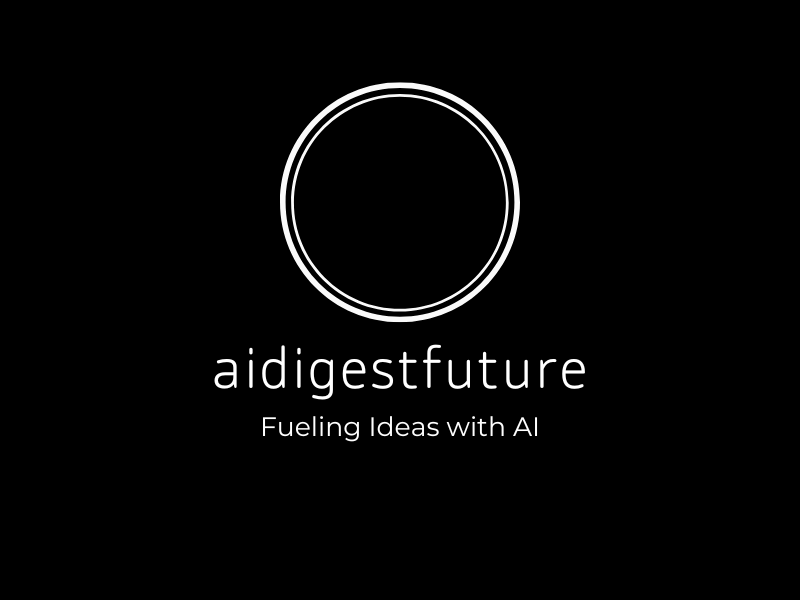
“`html
“`
How Smarter Healthcare Solutions Can Transform the US Economy
The US healthcare system is one of the most expensive in the world. With national healthcare expenditures projected to surpass $7 trillion by 2031, finding innovative ways to reduce costs has become a national priority. Enter smarter healthcare solutions fueled by Artificial Intelligence (AI). By improving operational efficiency, enhancing decision-making, reducing waste, and optimizing patient outcomes, AI-powered solutions have a profound potential to cut down healthcare costs and reduce the ever-increasing US deficits.
Understanding the Financial Burden of the US Healthcare System
The relationship between healthcare spending and national deficits is direct and staggering. Today, a significant portion of the federal budget is allocated to health-related programs including Medicare and Medicaid, contributing to rising deficits. Excessive costs come from:
- Administrative inefficiencies: Billing and paperwork make up about 25% of US healthcare costs.
- Overuse of tests and procedures: Redundant or unnecessary procedures create waste.
- Chronic disease management: Preventable diseases result in billions of dollars in treatment costs every year.
- Hospital readmissions: Lack of follow-up care often leads to patients returning to the hospital.
The question is: how can AI-enabled smarter healthcare systems address these issues and, in turn, relieve the deficit?
The Role of AI in Smarter Healthcare Solutions
The rise of AI in healthcare comes at a critical time for the US economy. These solutions can make massive strides in delivering quality care while simultaneously cutting costs. Here’s how:
1. Automating Administrative Tasks
Administrative work often weighs heavily on healthcare budgets. Tasks like billing, scheduling, and insurance claims are time-consuming and susceptible to errors. AI tools can:
- Streamline medical billing: Cutting-edge software can identify discrepancies, eliminate bottlenecks, and ensure faster claim processing.
- Improve staff scheduling: Predictive algorithms optimize workforce allocation, ensuring hospitals remain fully functional without excess spending.
- Eliminate manual data entry: AI automation reduces errors and redundancies in recordkeeping.
By utilizing smarter healthcare solutions for administrative functions, medical institutions can save billions annually, directly contributing to lowering deficits.
2. Enhancing Preventative Care
Preventative care remains one of the most effective ways to reduce long-term healthcare costs. AI technologies excel here through predictive analytics, which can:
- Identify at-risk patients: Algorithms analyze vast datasets to flag individuals with a high likelihood of developing chronic or critical diseases.
- Recommend timely interventions: Early detection ensures that potentially costly complications are minimized.
- Personalize health plans: Tailored treatment paths enhance effectiveness while driving down costs for unnecessary care.
The cost-saving potential of preventative measures empowered by AI cannot be overstated. By reducing the burden of chronic diseases, smarter healthcare solutions can save billions while promoting better health outcomes nationwide.
3. Optimizing Resource Allocation in Hospitals
Hospital systems often face resource shortages or surpluses, which drive up operational costs. AI supports smarter resource allocation by:
- Predicting patient flow: AI can forecast patient volumes, helping hospitals plan for supplies, staff, and equipment accordingly.
- Efficient bed management: Machine learning systems optimize hospital occupancy rates without overwhelming staff or creating patient backlogs.
- Reducing waste: Smarter inventory systems powered by AI ensure efficient use of medical supplies, cutting down wastage.
This kind of resource streamlining not only cuts down hospital operations’ costs but also minimizes unnecessary spending that contributes to the nation’s deficit.
4. Improving Drug Development
Drug development is traditionally a time-consuming, billion-dollar process. AI reshapes this landscape through faster drug discovery and testing. By using smarter healthcare systems for research, pharmaceutical companies can:
- Identify potential drugs faster: AI analyzes molecular structures and predicts how substances will react in the human body.
- Simulate clinical trials: Virtual trials save significant resources while maintaining accuracy.
- Reduce R&D costs: AI shortens the timeline and reduces the workforce needed for developing new treatments.
As drug prices are a major contributor to rising healthcare costs, AI-powered efficiencies in drug development could drastically reduce both patient expenses and federal healthcare expenditures.
The Long-Term Impact of Smarter Healthcare Solutions on US Deficits
For the US, adopting AI-driven smarter healthcare solutions isn’t just an option—it’s a necessity. Over time, the implementation of these technologies could achieve the following:
- Cut healthcare costs: Reduced administrative expenses, optimized treatments, and fewer hospital readmissions translate directly into financial savings.
- Boost economic productivity: Healthier individuals contribute more to the workforce, leading to economic growth.
- Decrease federal healthcare spending: Lower costs in programs like Medicare and Medicaid will play a crucial role in decreasing deficits.
Moreover, as adoption rates increase, AI technologies will continue to improve, making smarter healthcare systems even more cost-effective over time.
Challenges in Implementing AI-Driven Healthcare Solutions
Despite their transformative potential, there are hurdles to implementing smarter healthcare solutions through AI:
- High initial costs: While AI saves money in the long run, the upfront investment can deter smaller healthcare providers.
- Data privacy concerns: Managing patient data securely is critical to gaining public trust in AI systems.
- Regulatory barriers: Ensuring compliance with healthcare laws and regulations can slow down adoption rates.
Overcoming these challenges will require collaboration between policymakers, technology developers, and the healthcare industry.
The Path Forward
The integration of smarter healthcare solutions powered by AI has the potential to drastically reshape the US healthcare landscape and reduce national deficits. From cutting administrative waste to optimizing patient care, these technologies pave the way for a more streamlined and cost-effective system.
However, achieving this transformation requires proactive investment, regulatory reform, and public-policy alignment. Policymakers must embrace the value of AI-driven solutions, healthcare providers need to ensure seamless integration, and technologists should continue to improve tools that serve not just patients but the economy as a whole. Together, these efforts can turn the promise of smarter healthcare into tangible savings for the United States.
“`
